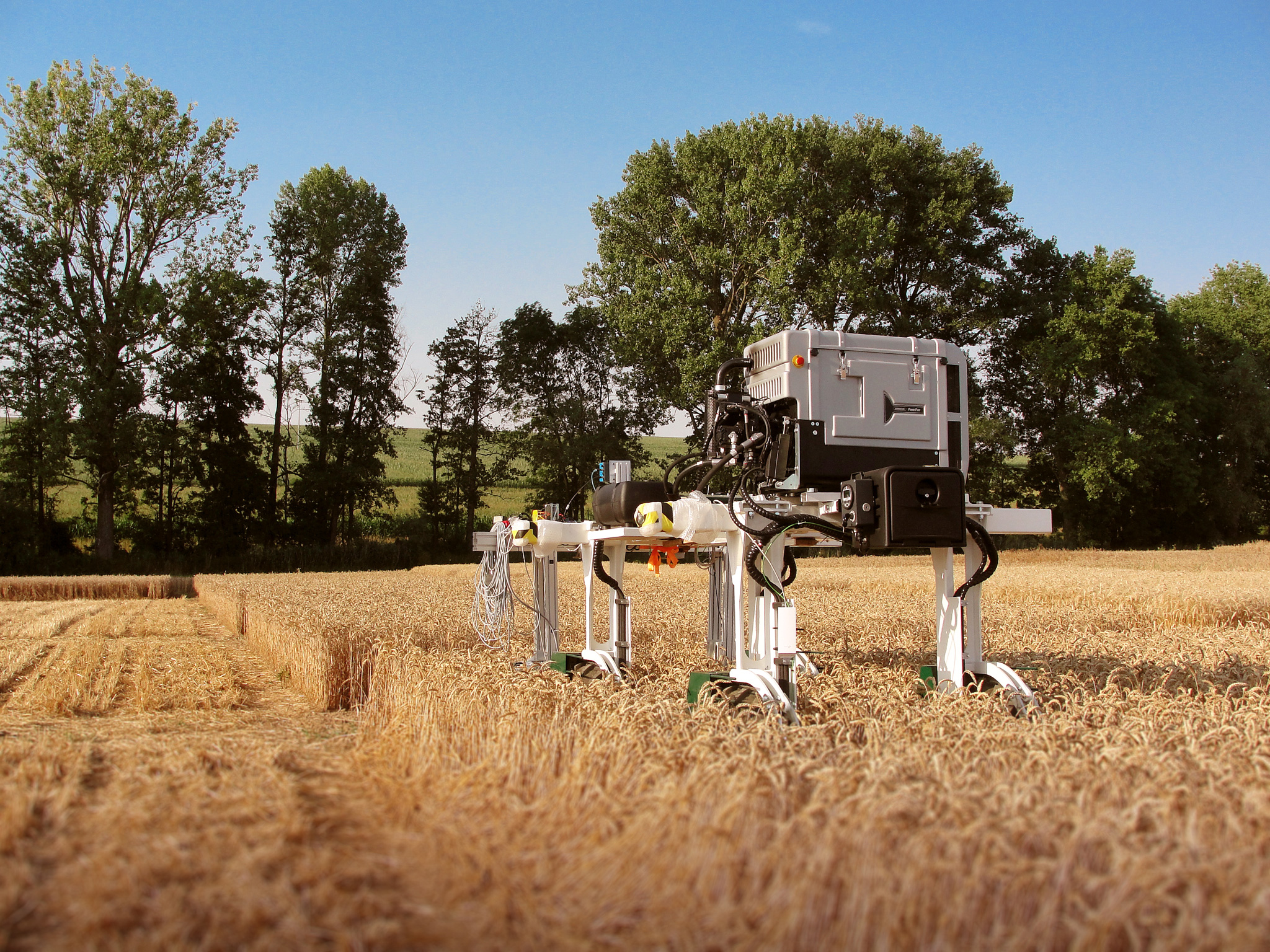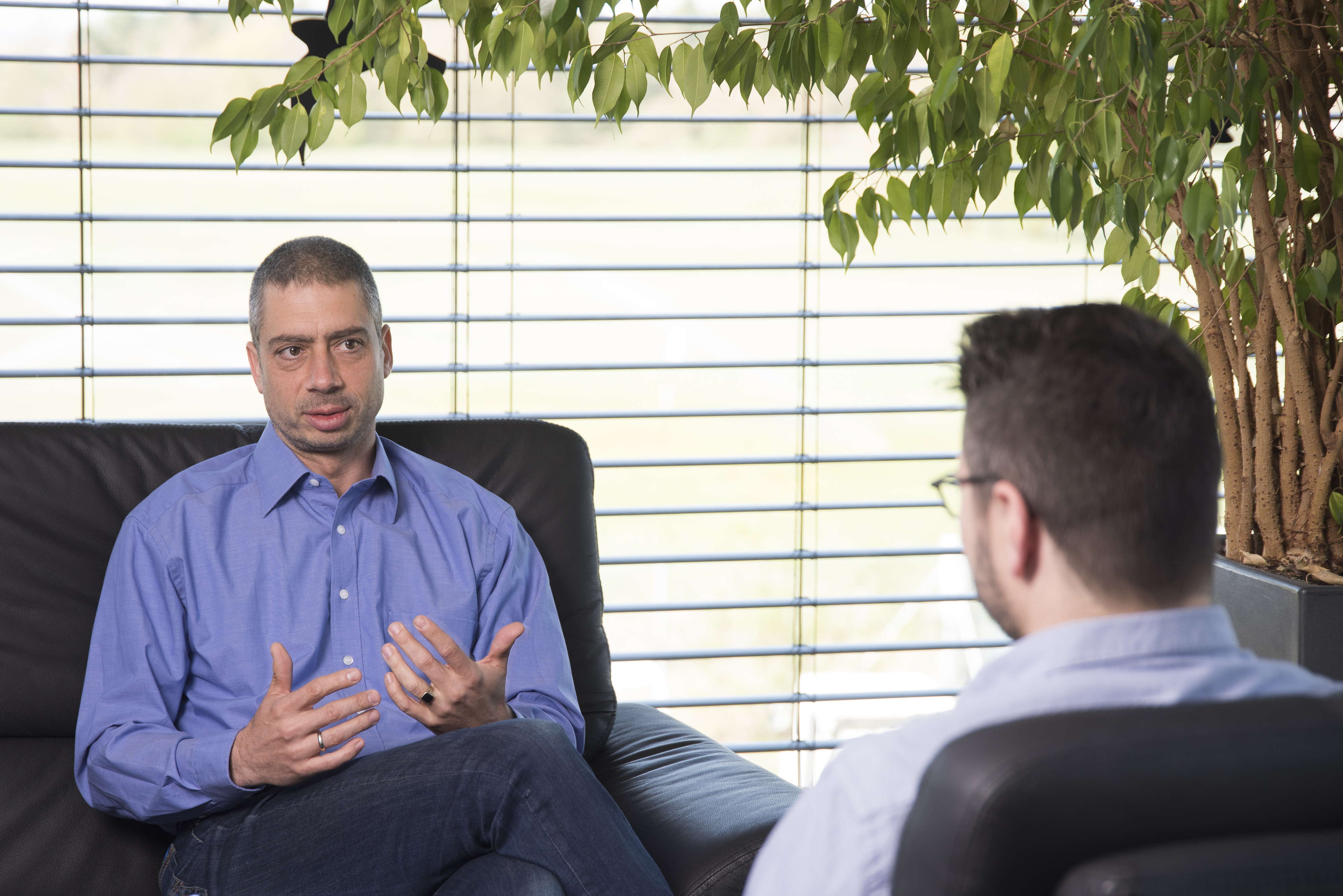The Fraunhofer Institute for Integrated Circuits IIS sees itself as one of the drivers of innovation within the Fraunhofer-Gesellschaft’s strategic research areas. At Fraunhofer IIS, we are conducting research in a wide variety of areas to support today’s agricultural industry, thus fostering the sustainable shaping of society, the economy and the environment. State-of-the-art cognitive sensor systems are no longer found only in high-tech factories. We asked Dr. Norman Uhlmann, division director of the Fraunhofer Development Center for X-ray Technology EZRT, why such systems will also become the tools of the trade for farmers and cultivators.
“Our systems help find the perfect plant”
October 25, 2021 | Interview with division director Dr. Norman Uhlmann
Dr. Uhlmann, the Fraunhofer Development Center for X-ray Technology EZRT is known for its state-of-the-art cognitive sensor systems mainly within industry and the automotive sector. So how did it happen that the traditional test objects such as alloy wheels and crankcases have now been joined by crops grown in greenhouses and fields?
Farmers and cultivators are facing bigger challenges than ever before and climate change means that heat- and drought-resistant plants are in especially high demand. At the same time, these new varieties should support sustainable agriculture – in other words, require as little fertilizer, herbicides and pesticides as possible.
To meet these needs, we have been working for several years with technologies that allow us to determine the phenotypes of plants. “Phenotype” refers to a plant’s outward appearance, which is characterized by measurable characteristics such as root length, leaf size and arrangement, and biomass. Through our research, we are helping to obtain objective measurements of phenotypic features and apply the data to make the cultivation process more effective and thus faster. In other words: our systems speed up the process of finding the perfect plant!
What does this look like in practice? Is there a formula for this search for perfection?
There’s not a formula per se, really more of a golden rule: to get meaningful data, we must either monitor the relevant influencing factors, or better yet, adjust them in a controlled way. To ensure we can do this, our team developed a greenhouse system that transports the plants to the various sensor systems via a conveyor belt – for example laser light sectioning, 3D RGB, X-ray. The door to the chamber opens and a potted plant moves inside. Once the door has closed again, the pot is scanned using, say, X-ray computed tomography. Using such tests and the characteristics they describe, we can learn things about how the plants are growing – e.g. the weight of the tubers – without digging them up. These data help breeders or farmers to develop or use varieties optimally adapted to the prevailing climatic conditions. The transfer of this technology to agricultural robotic systems also allows its use away from cultivation to reduce herbicide use through cognitive systems to detect and remove weeds.”
Dr. Uhlmann, thank you for talking with us.
New lab chamber for plant phenotyping


